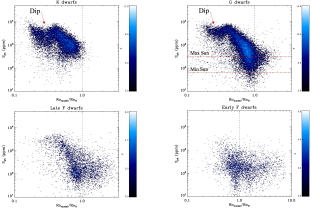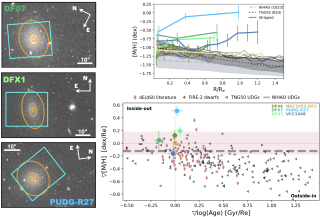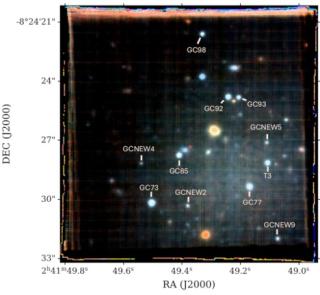Demostramos que existe una población de TNOs, de la cual 2003 EL61 es el objeto de mayor tamaño, que se mueven en órbitas muy similares y cuyas superficies están compuestas casi unicamente de hielo de agua (Pinilla et al. 2007). Sugerimos que se trataría de una población con una inusual carencia de carbonaceos respecto del resto de los TNOs y que explicaría la existencia de una población de cometas con una baja abundancia de carbonaceos conocida desde 1985 y cuyo origen es controversial. Se trata de el único grupo de TNOs con una relación dinámica y física tan marcada y su estudio se ha transformado en uno de los puntos más candentes en el área ya que permitirá obtener infromación sobre los procesos colisionales y de regeneración superficial en el cinturón transneptuniano.
Advertised on
References
2007, The water ice rich surface of 2005 RR43: a case for a possible population of TNOs, A&A, 468, 25.


